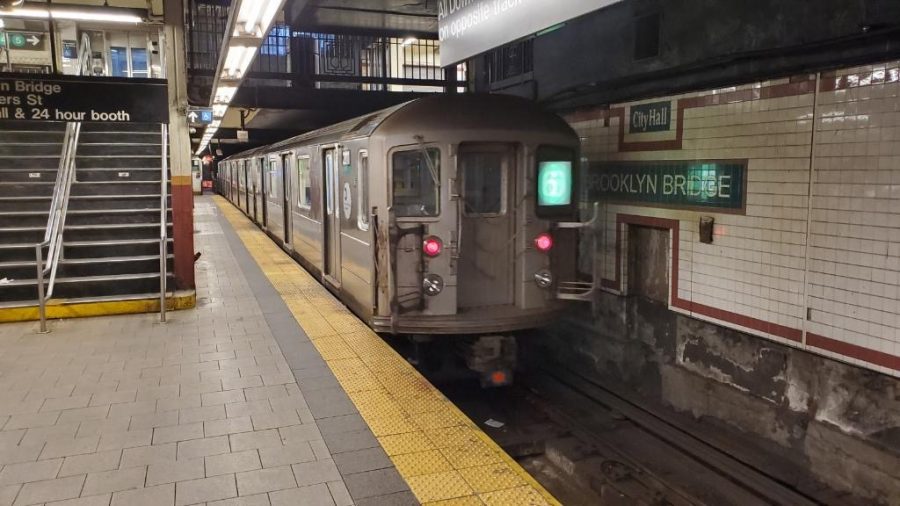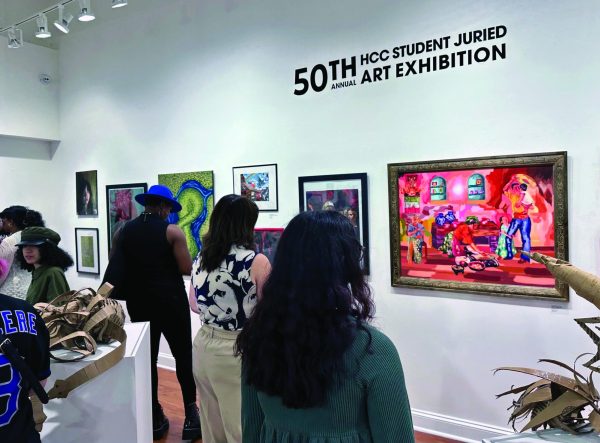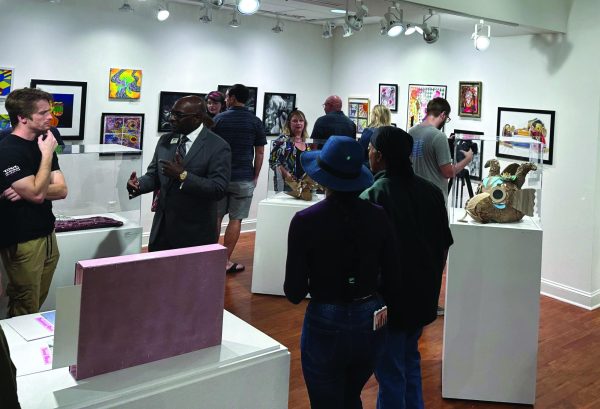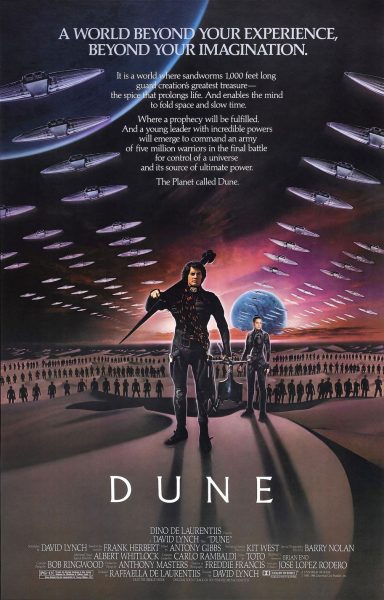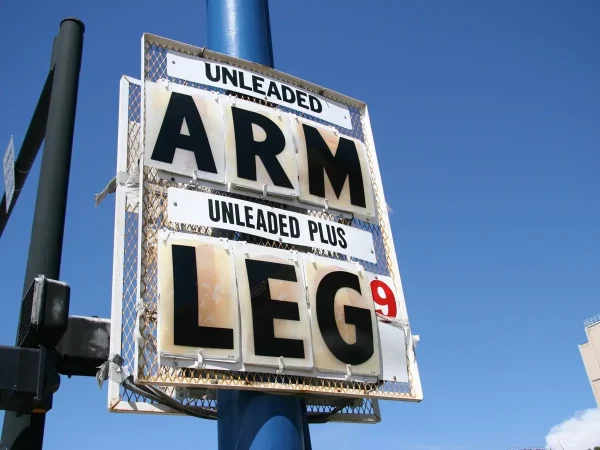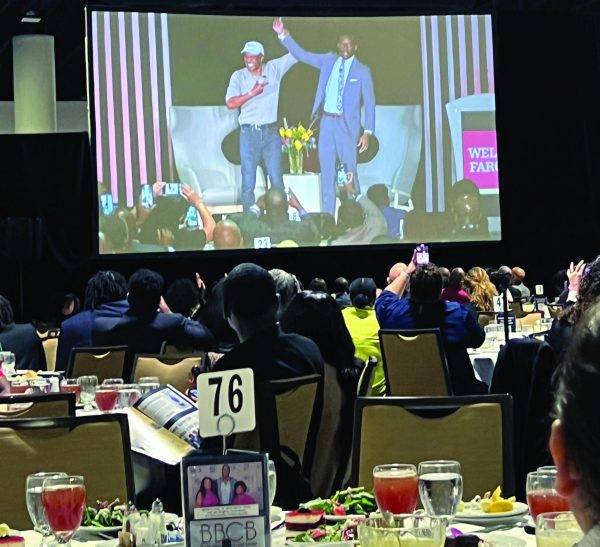A trip to New York and the death of our daily lives
There were rumors that New Yorkers’ lives could be impacted by a novel coronavirus that had spread around the world and had caused deaths and chaos in different countries. However, when The Hawkeye’s staff arrived in the city, on March 11, there were no signs of such a thing.
Everything had gone according to the plan; each staff member had made their flight and arrived safely. The car we rented to pick us up arrived on time and drove us to Times Square, where we stayed for the National College Media Association’s convention. The promise of an amazing week seemed unquestionable. Still, just hours after the conference had started on March 12, New York’s governor, Andrew M. Cuomo, banned gatherings of more than 500 people.
The conference we traveled 1,127 miles for was canceled, along with many of the activities that our adviser Richard Gaspar had made for the group. They say bad things happen in three, but COVID-19 happened in so much more. Tom Hanks, one of America’s most treasured actors, was diagnosed with the virus, sports and concerts we had planned to cover were canceled and our community college moved online.
A surge of bad news continued to flood our phones and our minds throughout the trip, and the most frustrating part was we weren’t prepared. We had reached an unprecedented time in this country that one would only imagine transpiring in a movie.
We didn’t see crowds of people bustling through Manhattan, Brooklyn parks were vacant, and the waiting list to tour the Statue of Liberty was virtually nonexistent.
Two of our staff members flew back to Tampa before their original return date as national concerns for COVID-19 rose. The rest of the students stayed in the city until Monday, March 16, ending our trip in a bittersweet fashion.
The main purpose of our travels was not fully accomplished. Still, we managed to have a little fun before leaving the city to travel back to our daily lives, which barely reassembled what we had left behind.
For some of us, that meant coming back without jobs, for others, that meant working under extraordinarily new procedures. Whatever the circumstance was, one fact remained: our normal routines no longer existed, and in the words of Tampa Bay Times’ reporter Zack Sampson, “America was postponed.”
Yet for many people, that truth has yet to set in. As shown by the images of Florida teens gathered at a Clearwater beach, there is an abundance of people who are reluctant to abide by the rules, seldom staying 6 feet apart or in their homes.
This malformed mindset that America is invincible continues to spread as rapidly as the disease itself, and one can only hope that this ignorance will not extend this pandemic further.
This mentality was one shared by our staff, a stubborn belief that we were untouchable, but after the dust settled and the death toll rose, a new perspective formed.
The foreseeable future is uncertain, but human beings have been known to move past obstacles, such as these, that often seem too tumultuous. Whether it’s six or sixteen months from now, we can only hope that there is meaning within the suffering.
That America will arise from these ruins as a humbled nation with aims to improve not just itself but the world.
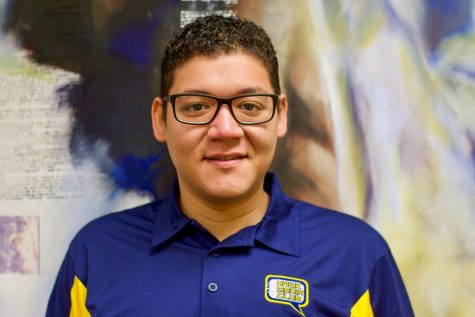
C.I. Bacino is a Staff Writer for The Hawkeye
C.I. Bacino was born in Barquisimeto, Venezuela, in December of 1992. He immigrated to the U.S. in...
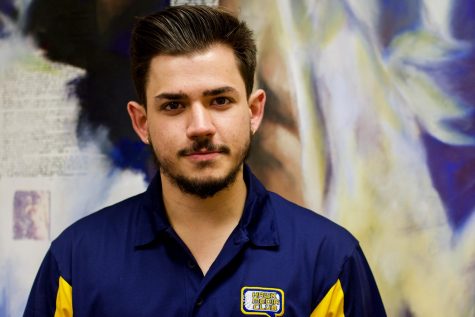
Timothy Katon is a Staff Writer for The Hawkeye
Timothy Katon was born in Plymouth, New Hampshire, in January of 1998. Tim moved to Tampa, Florida when...

